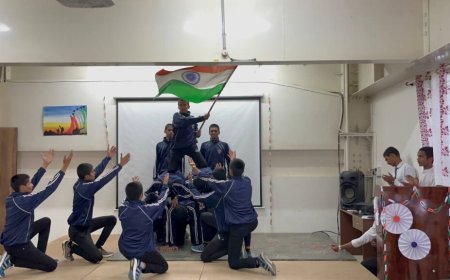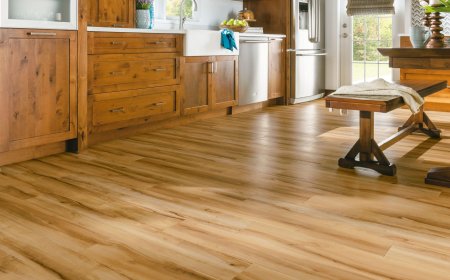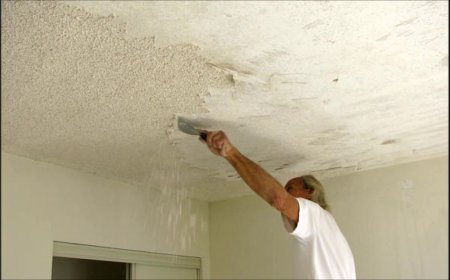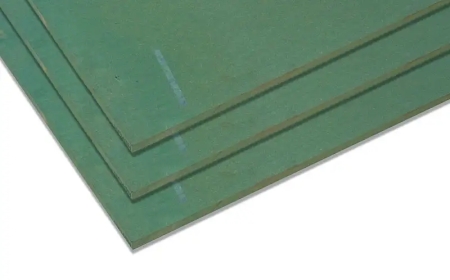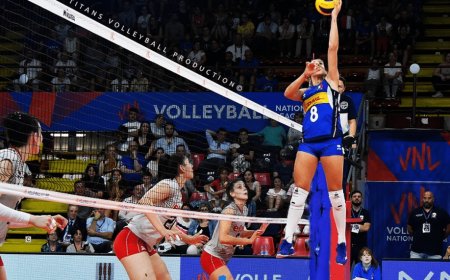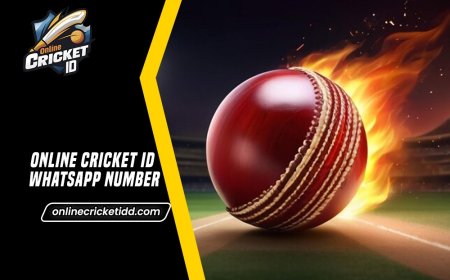How to Install Football Net Like a Pro: A Complete Step-by-Step Guide
Learn how to install football net properly with this step-by-step guide. Includes tools, materials, setup instructions, and maintenance tips for long-lasting performance.

Installing a football net may seem like a simple task, but doing it correctly ensures not only durability and long-term performance but also enhances gameplay and safety. Whether you're setting it up in your backyard for recreational play or at a club-level pitch for official use, knowing how to Install Football Net properly is essential.
A properly installed football net keeps the game flowing smoothly, avoids frustrating tangles or net failures, and maintains a clean, professional appearance. This guide will walk you through the types of football nets, what tools and materials youll need, and a step-by-step breakdown to ensure a seamless installation process.
Why Proper Football Net Installation Matters
Football nets are more than just accessoriesthey help define the goal area, contain the ball after a shot, and enhance the professional feel of a match or practice. Poorly installed nets can sag, shift, or break during intense gameplay, causing delays and even posing safety hazards.
A well-installed football net:
-
Keeps the ball contained after a goal
-
Stays taut and secure throughout the game
-
Resists wear and tear from weather and repeated impacts
-
Enhances the aesthetic of the pitch
Whether youre a coach, parent, or field manager, taking the time to install your net correctly ensures better experiences for players and spectators alike.
Types of Football Nets
Before diving into installation, its important to understand the different types of nets and how they affect the process.
1. Knotted vs. Knotless Nets
-
Knotted: Traditional, stronger in design, and more impact-resistant.
-
Knotless: Modern look, lighter, often used in high-level matches for reduced drag.
2. Square vs. Hexagonal Mesh
-
Square: Classic design; easier to align and attach.
-
Hexagonal: Sleek appearance; often seen in international games.
3. Full-Depth vs. Shallow Nets
-
Full-Depth: Extend deep behind the goalposts; ideal for professional fields.
-
Shallow: Hang closely behind the posts; often used in casual or youth setups.
Knowing your net type helps determine how much anchoring support and space youll need.
Tools and Materials Needed
To complete a professional net installation, youll need the following:
-
Football goal posts (standard or portable)
-
Football net (correct size and style)
-
Clips, hooks, or fasteners (often included with the net)
-
Anchor pegs or sandbags (for securing the net to the ground)
-
Measuring tape
-
Ladder (for larger or full-size goalposts)
-
Zip ties or net cords (for extra reinforcement)
-
Hammer or mallet (if using pegs)
Having everything on hand before you begin will streamline the process and avoid last-minute interruptions.
Step-by-Step Guide: How to Install Football Net
Step 1: Choose the Right Net Size
The first step is ensuring your net matches the dimensions of your football goal. Standard goal sizes vary depending on the level of play:
-
11-a-side (Professional): 24ft (7.32m) wide x 8ft (2.44m) high
-
7-a-side: 12ft (3.66m) wide x 6ft (1.83m) high
-
5-a-side: 12ft (3.66m) wide x 4ft (1.22m) high
Always match your net dimensions to your goalpost specifications for best fit and performance.
Step 2: Lay Out the Net
Unfold the net completely and lay it flat behind the goal. Identify the top, bottom, and sides. Most nets will be labeled or shaped in a way that indicates orientation.
Ensure the nets depth matches your goal design. A shallow net should not be forced onto a full-depth frame and vice versa.
Step 3: Attach the Net to the Crossbar
Start by securing the net at the top center of the crossbar. Using clips, ties, or net hooks, attach the top corners first, then evenly space the fasteners along the rest of the crossbar. This keeps the net centered and prevents sagging.
Make sure the net hangs evenly with no bunching or twisting.
Step 4: Secure the Sides to the Goalposts
Once the top is fastened, move to the upright goalposts. Attach the sides of the net using the same method, ensuring uniform tension and symmetry on both posts. For square frames, the net should wrap snugly around the posts without stretching too tight.
Step 5: Anchor the Bottom of the Net
Anchor the bottom of the net using pegs, stakes, or sandbags. Secure the back corners of the net first, then add additional anchors every 23 feet along the bottom edge to keep it grounded.
Avoid overstretching, which can cause tears, and ensure the net doesnt drag or lift during gameplay.
Step 6: Test for Stability
Before calling the job complete, have someone lightly kick a ball into the net from various angles. Check that:
-
The net remains taut
-
Fasteners stay in place
-
There are no large gaps or unsecured edges
Make adjustments as needed to improve appearance and performance.
Additional Tips for Long-Term Use
-
Use UV-Resistant Nets: Especially for outdoor installations, UV exposure can weaken material over time.
-
Clean Regularly: Wash off dirt and debris, especially after rainy games or heavy use.
-
Store in Off-Season: If you live in a cold or snowy climate, remove and store the nets during winter months to prevent damage.
-
Inspect for Wear: Check fasteners, net cords, and mesh for signs of wear and replace parts before they fail.
Common Mistakes to Avoid
-
Improper Net Sizing: Forcing a small net onto a large frame causes tension that can shorten net life.
-
Insecure Fastening: Using too few clips or improper spacing results in sagging or loose sections.
-
Uneven Installation: Misaligned top or side attachments lead to poor ball containment and uneven tension.
-
Lack of Anchoring: Without proper anchoring, nets can shift or be pulled out of position during play.
When to Replace a Football Net
Even with proper care, nets wont last forever. Signs you should replace your net include:
-
Visible fraying or holes
-
Discoloration from UV or chemical exposure
-
Repeated slippage from anchors
-
Damaged or missing clips
Replacing a net before it completely fails maintains safety and professionalism on the pitch.
Best Scenarios for Net Installation
Whether you're managing a sports complex, setting up a school field, or just looking to improve your backyard, proper net installation enhances the experience. Consider installing football nets for:
-
Training sessions
-
Official matches
-
Backyard practice
-
Community leagues
-
Kids' recreational play
A quality setup encourages more practice, more precision, and a stronger love for the game.
Conclusion
Knowing how to Install Football Net the right way ensures that you not only get the most out of your gear but also enjoy a safer, more professional playing experience. From selecting the proper materials to using the correct fastening methods, every step plays a part in creating a dependable and visually clean setup.
Whether youre maintaining a training ground or installing a goal at home, a well-installed net stands up to the elements, withstands aggressive play, and provides the feedback players expect when they score. Take the time to do it rightits an investment in the quality of your game.










